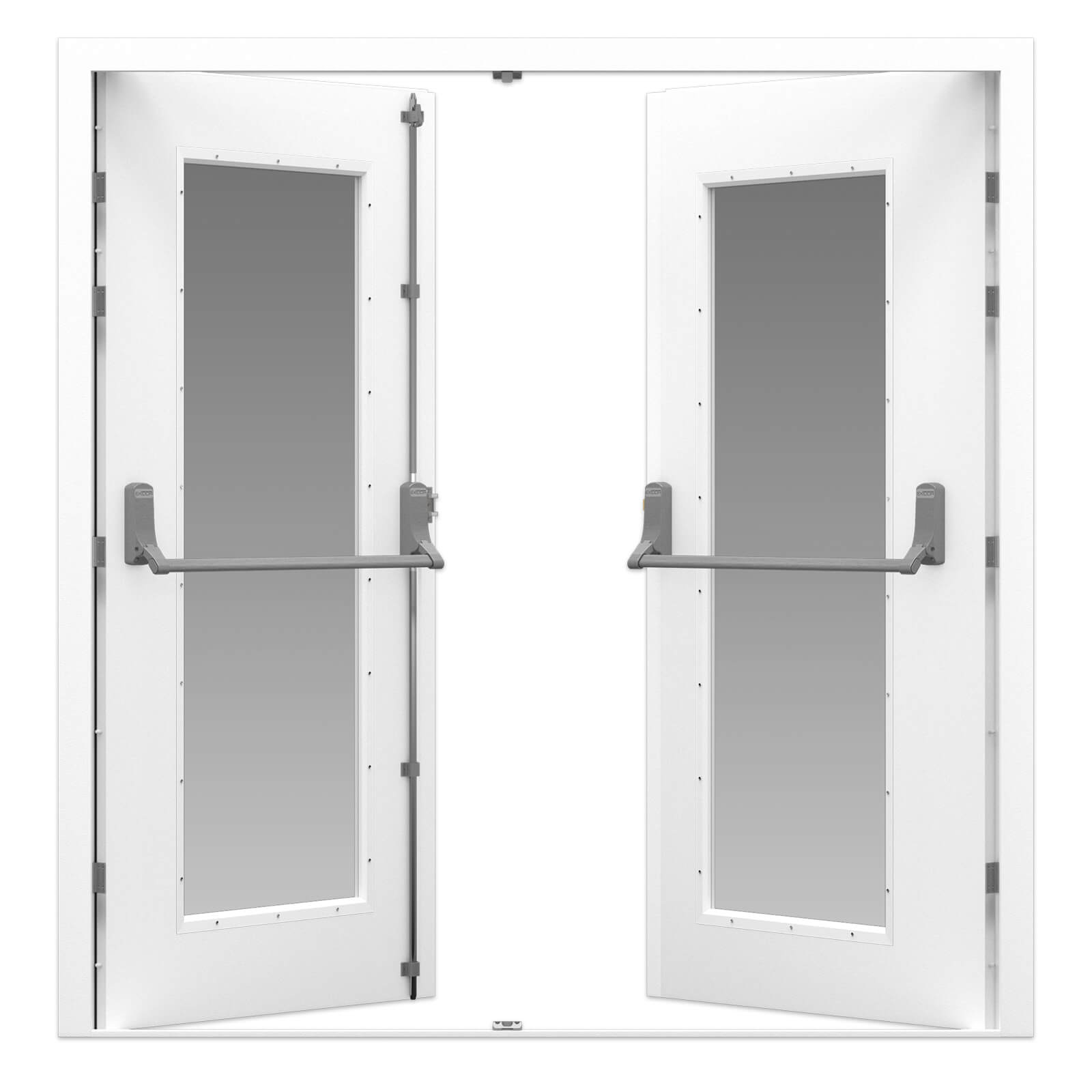

Wheelchair securement anchorage means the provision for transferring wheelchair securement device loads to the vehicle structure. Wheelchair means a wheeled seat frame for the support and conveyance of a physically disabled person, comprising at least a frame, seat, and wheels. Sliding window means a bus window designed to open by moving vertically or horizontally to provide emergency egress. Push-out window means a vehicle window designed to open outward to provide for emergency egress.

Post and roof bow panel space means the area between two adjacent post and roof bows. Passenger compartment means space within the school bus interior that is between a vertical transverse plane located 76 centimeters in front of the forwardmost passenger seating reference point and a vertical transverse plane tangent to the rear interior wall of the bus at the vehicle centerline. Occupant space means the space directly above the seat and footwell, bounded vertically by the ceiling and horizontally by the normally positioned seat back and the nearest obstruction of occupant motion in the direction the seat faces.

Mid-point of the passenger compartment means any point on a vertical transverse plane bisecting the vehicle longitudinal centerline that extends between the two vertical transverse planes which define the foremost and rearmost limits of the passenger compartment. Adjacent seat means a designated seating position located so that some portion of its occupant space is not more than 10 inches from an emergency exit, for a distance of at least 15 inches measured horizontally and parallel to the exit.ĭaylight opening means the maximum unobstructed opening of an emergency exit when viewed from a direction perpendicular to the plane of the opening. This standard applies to buses, except buses manufactured for the purpose of transporting persons under physical restraint. The purpose of this standard is to minimize the likelihood of occupants being thrown from the bus and to provide a means of readily accessible emergency egress.
#The white door emergency code windows
This standard establishes requirements for the retention of windows other than windshields in buses, and establishes operating forces, opening dimensions, and markings for bus emergency exits. 217 Bus emergency exits and window retention and release. Meets or Exceeds Standards for ANSI 250.4 and ANSI 250.§ 571.217 Standard No. It is recommended that finish paint (top coat) be applied after installationġ61 (cylindrical lock), 86 Edge (mortise lock), Deadbolt, RPD (blank edge, panic reinforced)Ĭontinuous Hinge Application (Undersized Width), Exit Device Trim, Lite and Louver Cutouts Heavy Gauge Door Closer and Hinge Reinforcementsġ4-Gauge Inverted Top and Bottom Channels, Optional Flush Top Capįactory-Applied, Baked-On, Rust Inhibiting Gray Primer (No Special Color Options) – Not intended to be a finish coat.
#The white door emergency code full
Square Hinge and Lock Edges (Beveled Edges Available) – Full Height, Epoxy Filled Mechanical Interlock Edges

Standard Widths up to 4'0", Height to 8'0" (Custom Sizes Available) Non-Handed Design Reversible Hinge Plates Heavy Duty, SDI Level 2 – 18-Gauge Steel Face Sheets – (16 Ga.


 0 kommentar(er)
0 kommentar(er)
